Solid State Hard Drives
I'm really excited about this new technology that will make its way and replace those magnetic hard drives in the long run. Solid State hard drives are based on flash memory which you usually find in most mp3 players these days. They have several advantages in comparison to magnetic hard drives and use the same connectors as modern SATA-II hard drives.
Solid State Disks have no moving parts which means they make no noises whatsoever, have a largely reduced access time, are not prone to electro-magnetic failures, have a lower power consumption, no heat generation and a better ability to endure extreme shock.
Solid State Disks do have some limitations though. The most dominant ones are currently availability, pricing and capacity.
The largest capacity of Solid State Disks is 128 Gigabytes at the moment which I have seen for sale for roughly $3800 (SUPER TALENT 2.5" 128GB SATA Internal Solid state disk). More affordable units are 32 Gigabyte Solid State Disks (for instance the SAMSUNG 32GB IDE Internal Solid state disk) that retail for roughly $400 and 16 Gigabyte disks for $200.
My next computer that I will build next year will have one of those Solid State Disks as the main boot hard drive resulting in faster boot times of the operating system, lower noise level and faster response times. I will still use conventional hard drives for storage mainly because the pricing is currently way out of line. Reminds me of the good old days when a 10 Megabyte hard drive cost as much.
If the pricing drops to around $500 for 64 Gigabyte drives I would buy one of those instead but I'm perfectly fine with a 32 Gigabyte Solid State Disk as well. My current Windows partition has only 10 Gigabytes so even a 16 Gigabyte Solid State Disk would be fine.
This technology will be even more exciting for notebook owners. They could for instance replace their conventional hard drive with a solid state disk to reduce the noise level and speed up all processes.
Update: Solid State Drives have come a long way ever since I wrote the article back in 2007. What's probably most exciting about them right now is that pricing has come down considerably while storage capacities have gone up.
While they are not as cheap as platter-based drives yet if you compare storage to pricing, their pricing and storage space has become attractive enough.
It is April 2014 now and you can get a great 256 Gigabyte Solid State Drive for about $150 now. 1 Terabyte Solid State Drives are now also available, and they start at about $450 right now. As you can see, prices have gone way down while storage space has gone up.
What may also be interesting is that SSDs are available with SATA III interfaces as well as PCI Express interfaces. Some developers have started to experiment with Raid-like devices which connect multiple SSDs on a single PCI Express card for fast performance.
Advertisement




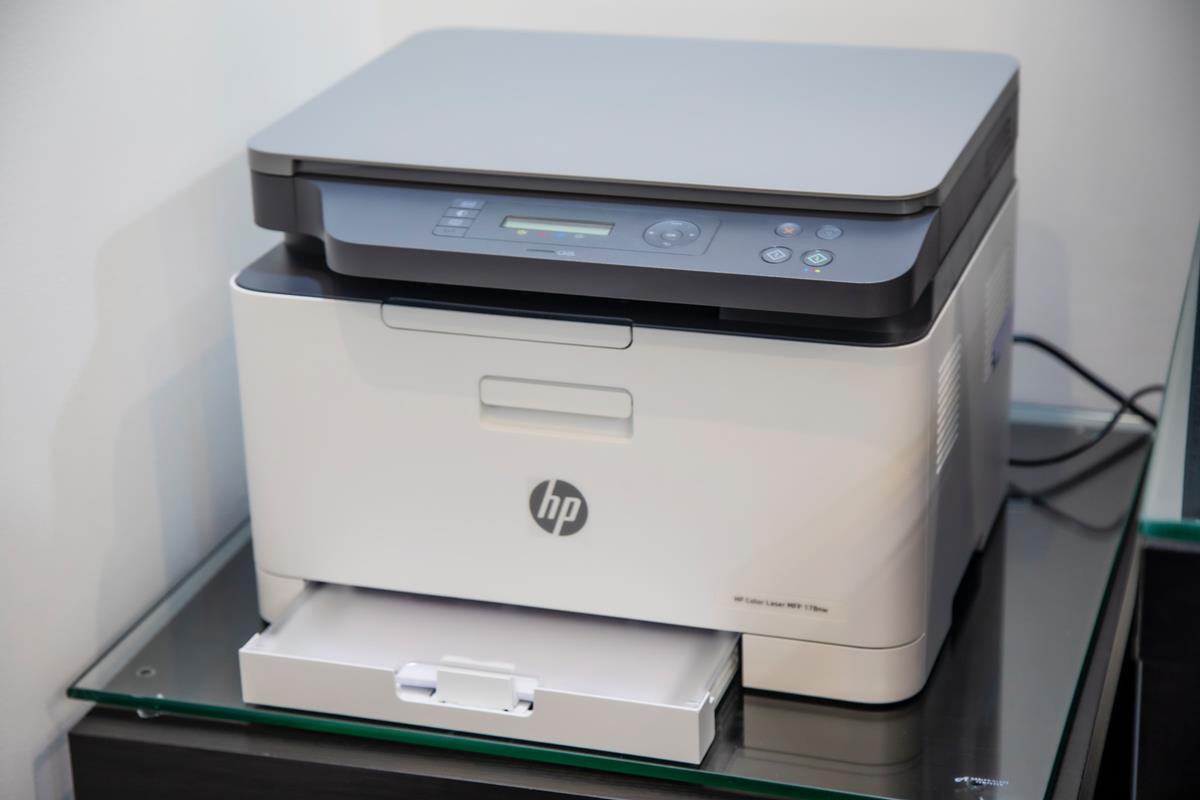
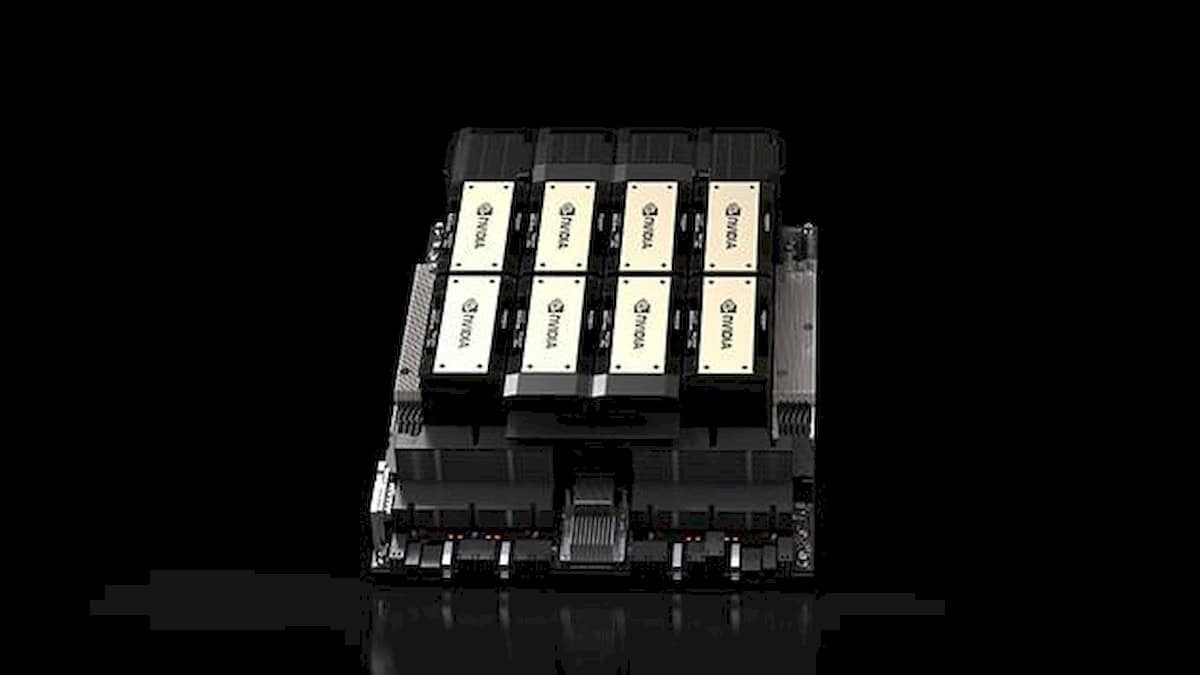
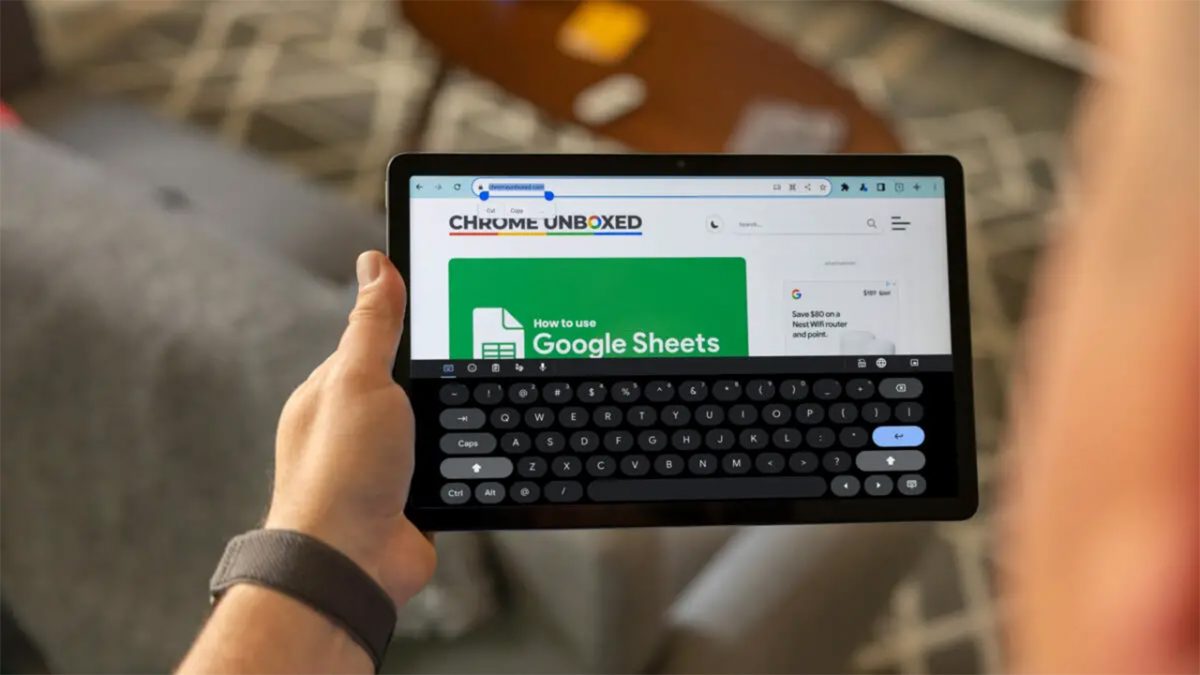
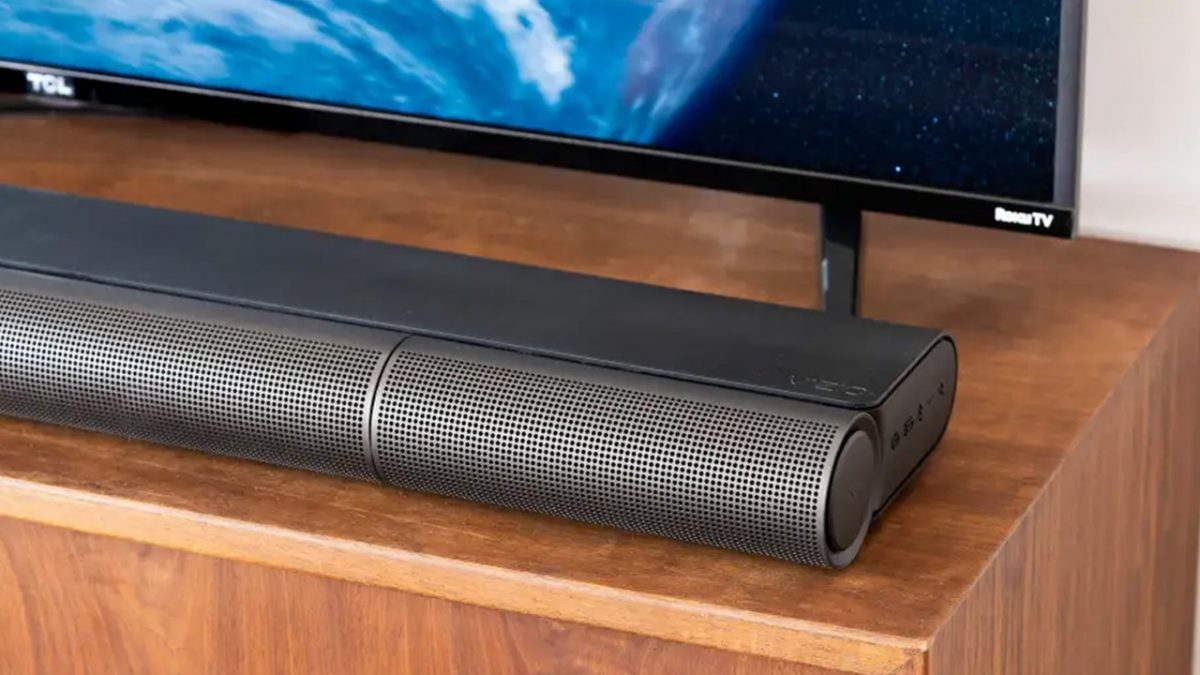
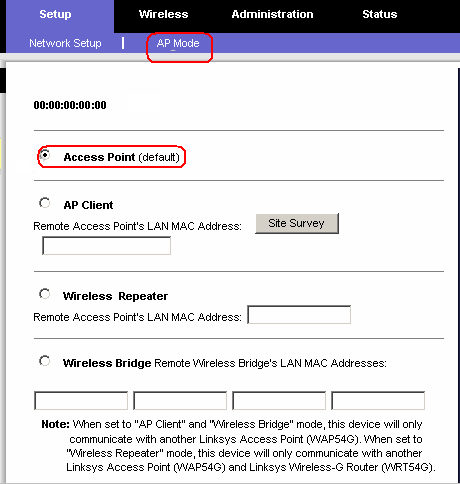
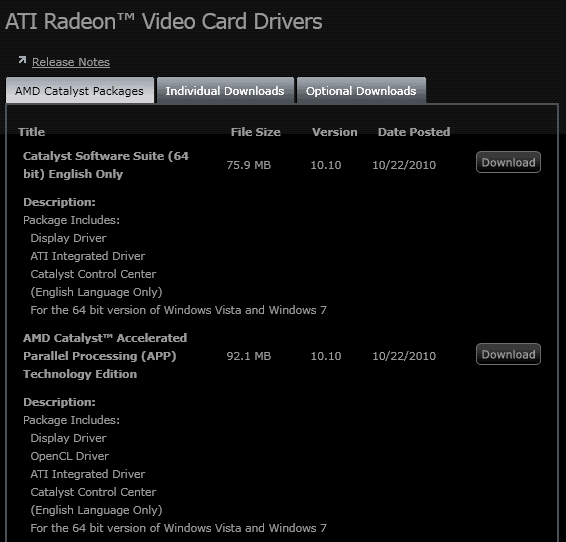










FYI:
Price drops ahead for solid-state drives
Done. :)
No you are not blind ;) here it is https://www.ghacks.net/wp-login.php?action=register
Thanks, Martin. I wonder what happened there…
As for registering a gHacks account, I must be blind; I can’t find a registration link or form… !?
BTW, your comments are always ending in the moderation queue, one way to stop this would be if you would register an account at ghacks. Registered users get lots of good karma when posting comments ;)
They are back up !
Where did my comments on this go?
Bit like “Drawing” the curtains Andrew?
Thanks Martin, that’s great to know!
Solid State ‘Disk’ is a misnomer – there is no disk. USB ‘thumb’ drives are not labeled as disks.
(I once had to explain to my kid why I say ‘_roll_ down your window’ in a car with electric windows…)
Solid State Drive perhaps?
I did some research on this Ace and it seems that this is not a issue anymore with the new SSD disks.
For example, a test conducted with a 64 GB SSD with 2.000.000 write cycles had the result that it would take 51 years of writing data on that disk in full speed before it would die.
Most Solid State Disks have between 1000000 and 5000000 write cycles nowadays.
http://www.storagesearch.com/ssdmyths-endurance.html
Below is a short video by Samsung comparing Solid State Disk and HDD performance.
http://www.samsungssd.com/video/performance.html
That doesn’t sound very comforting – especially when using them as a boot drive…
(But then, I don’t really know how long 100k write/erase cycles would last me.)
Ace that is still the case, taken from Wikipedia:
Limited write cycles. Typical Flash storage will typically wear out after 100,000-300,000 write cycles, while high endurance Flash storage is often marketed with endurance of 1–5 million write cycles (many log files, file allocation tables, and other commonly used parts of the file system exceed this over the lifetime of a computer). Special file systems or firmware designs can mitigate this problem by spreading writes over the entire device, rather than rewriting files in place.
I remember that early flash drives could take only a limited amount of write cycles before they went kaput – is that not an issue anymore these days?